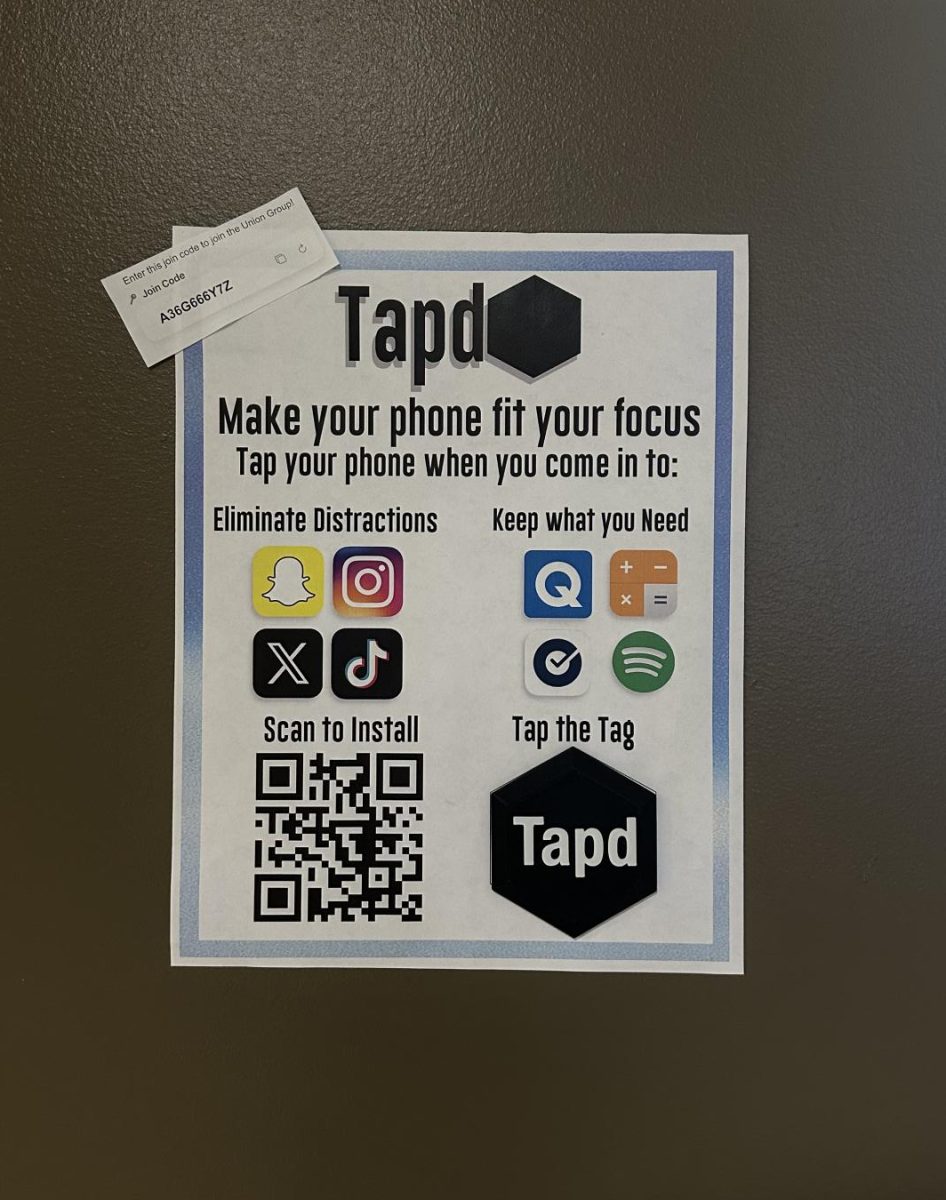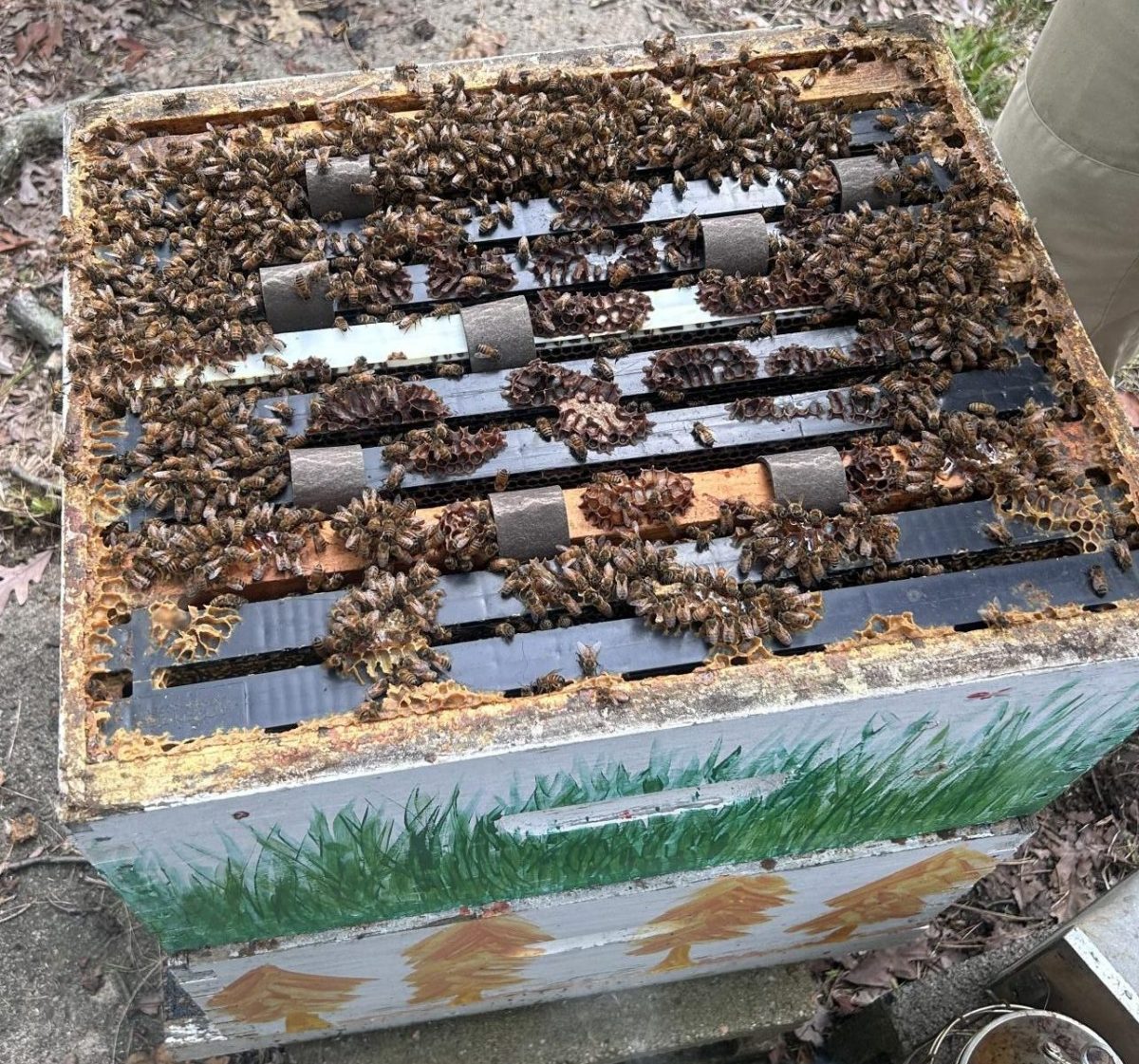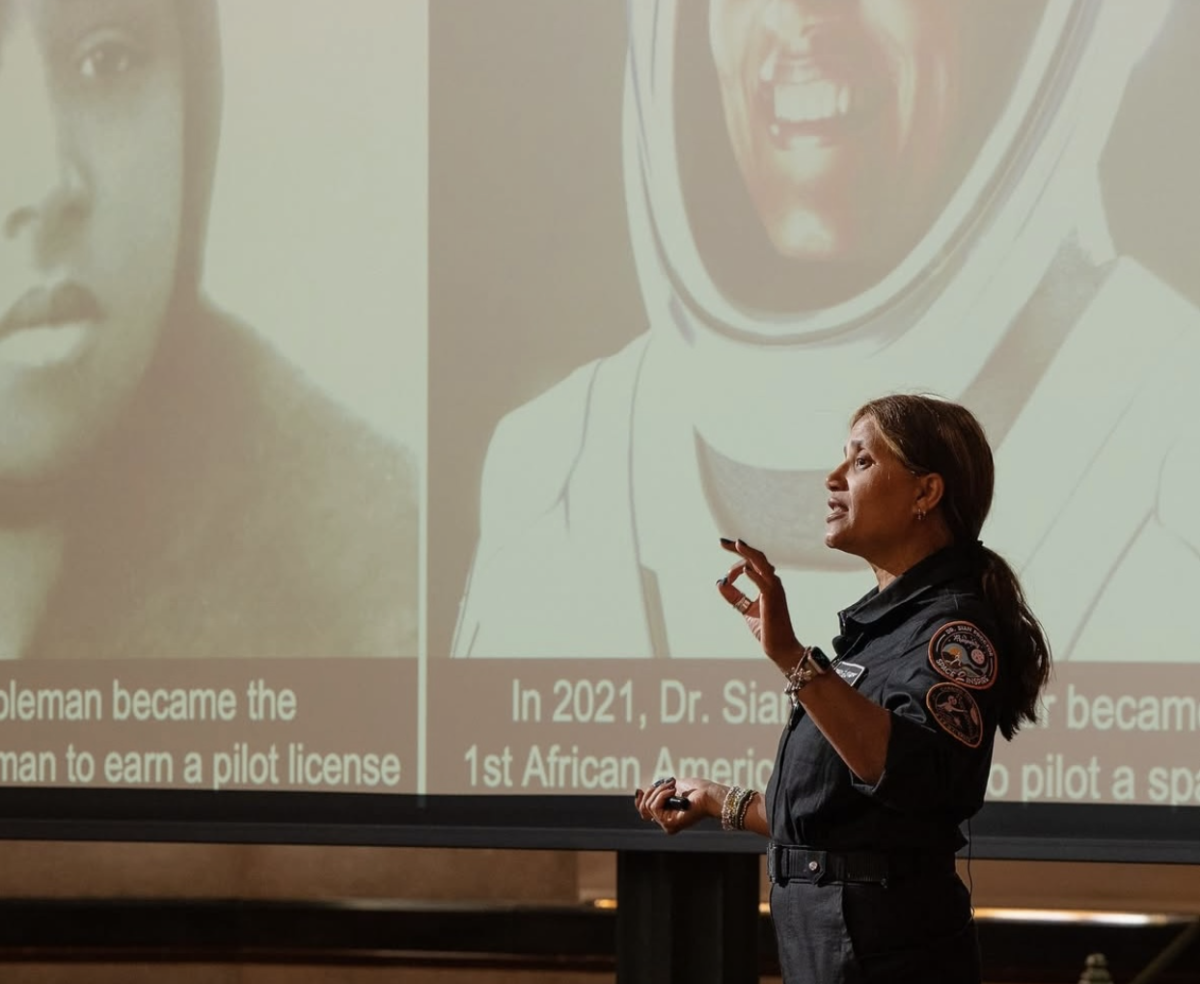HBO Max’s The Last of Us is a science fiction video game series of the same name. It centers on an outbreak of a mutant Cordyceps fungus that ravages the United States, transforming its human hosts into aggressive zombie-like creatures. The Cordyceps fungus that is featured in the series is based on a real fungus of a similar name, Ophiocordyceps unilateralis.
Ophiocordyceps unilateralis, otherwise known as the zombie-ant fungus, infects insects such as ants or spiders, according to NPR. Like other parasites, Cordyceps drains its host completely of nutrients before filling its body with spores that will let the fungus reproduce. It then compels the insect to seek and remain in a high place before it expels its spores and infects other nearby insects.
The main distinction between the fictionalized fungus and the real one is that Ophiocordyceps unilateralis is unable to infect humans. Ophiocordyceps unilateralis infects ants, flooding the insects with a cocktail of chemicals that steer the ants to climb plants. Once in position, the ants chomp down and the chemicals keep the jaw muscles locked in place. The ants are alive during this process. The fungi help preserve the ant, keeping it alive while feeding on it. But eventually the ant dies. Then a mushroom rises from the corpse, showering spores
onto the ground where other ants may become infected.
It is unlikely that Ophiocordyceps unilateralis will infect humans, as fungal species are very specific to the hosts they infect. This is because fungi have to individualize the chemicals they use to control the particular species they infect. The ability to manipulate behavior comes at the cost of not being able to infect multiple species.











